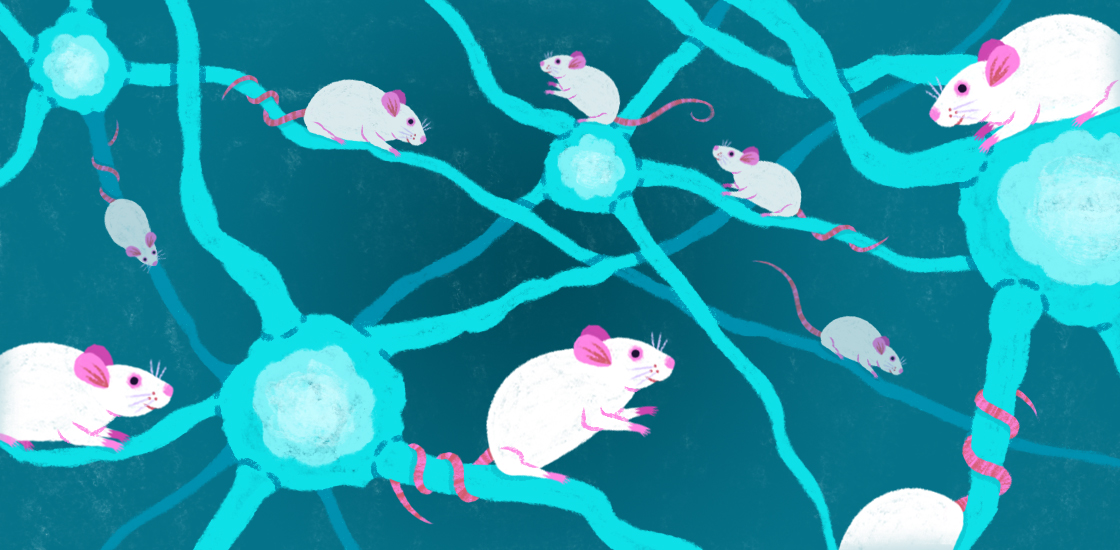Vikaas Sohal
Associate professor
University of California, San Francisco
From this contributor
‘Outdated’ mouse model exposes key disruptions in autism brain
A mouse model based on exposure to an epilepsy drug offers a useful window into the brain circuits altered in autism.

‘Outdated’ mouse model exposes key disruptions in autism brain
Understanding contradictory connectivity reports in autism
Studies at the level of neural circuits are needed to better understand the importance of both increased and decreased connectivity between different regions in the autism brain, say John Rubenstein and Vikaas Sohal.

Understanding contradictory connectivity reports in autism
Targeting brain microcircuits may help treat autism
Understanding the function of neuronal circuits, specifically microcircuits in the prefrontal cortex and elsewhere in the brain, will play a major role in translating research findings into new autism treatments, says Vikaas Sohal.

Targeting brain microcircuits may help treat autism
Explore more from The Transmitter
The Transmitter’s most-read neuroscience book excerpts of 2025
Books by Nachum Ulanovsky, Nicole Rust, and Andrew Iwaniuk and Georg Striedter made the list of some of the year's most engaging neuroscience titles.

The Transmitter’s most-read neuroscience book excerpts of 2025
Books by Nachum Ulanovsky, Nicole Rust, and Andrew Iwaniuk and Georg Striedter made the list of some of the year's most engaging neuroscience titles.
Neuroscience’s leaders, legacies and rising stars of 2025
Here are seven stories from the past year about some of the field’s most engaging figures.

Neuroscience’s leaders, legacies and rising stars of 2025
Here are seven stories from the past year about some of the field’s most engaging figures.
The Transmitter’s top news articles of 2025
Check out some of our most-read stories, covering neuroscience funding and policy changes in the United States, and methodological issues in high-profile neuroscience papers.

The Transmitter’s top news articles of 2025
Check out some of our most-read stories, covering neuroscience funding and policy changes in the United States, and methodological issues in high-profile neuroscience papers.